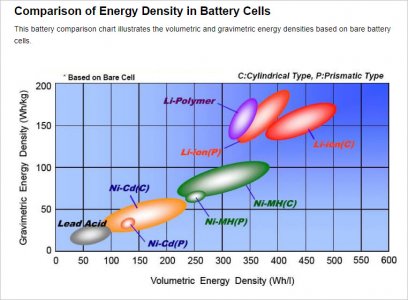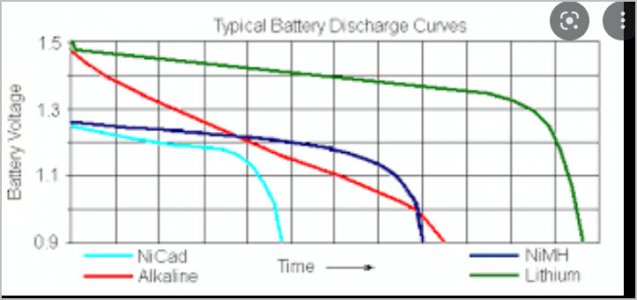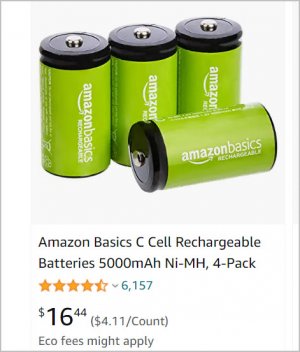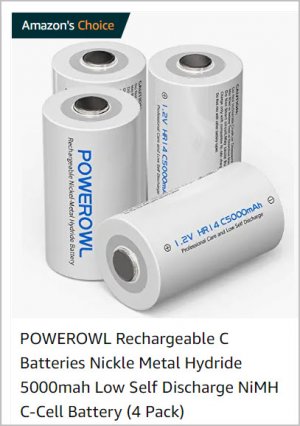Dan Dubeau
Ultra Member
While moving my Dad across the province this summer I became the recipient of many, many boxes of stuff....some of it mine. In a few of those boxes were my old rc cars, and trucks. A Tamiya blackfoot, and clodbuster, and another one I can't remember the name of. All in various stages of disassembly...... Back when I was a kid we used nicad batteries, and the ones in the boxes are junk, and I can't find the charger for them anyway. Poking around the internet it seems LiPo batteries are all the rage, but not without dangers. There are also NiMH batteries too. NiCad seems to be ancient tech. I'd rather not burn my house down if I can help it, but I'd like to get them going again with my son, and it will give us some projects to work on together. Should I just pick up some regular nicad ones, and a new charger, or get lipo, and get over the fears of fires (overblown?). I'm not looking for outright performance, just good life, usability and above all, safety.
I'd love to just use my Makita 18v batteries, as I'm already well invested into those, but maybe that's a project for a another time. A scratch built 18v monster truck maybe?
Any RC guys here? I probably haven't played with these since I was about 12/13 and mid 90's, I'm sure a lot has changed in the RC world since then.
I'd love to just use my Makita 18v batteries, as I'm already well invested into those, but maybe that's a project for a another time. A scratch built 18v monster truck maybe?
Any RC guys here? I probably haven't played with these since I was about 12/13 and mid 90's, I'm sure a lot has changed in the RC world since then.




